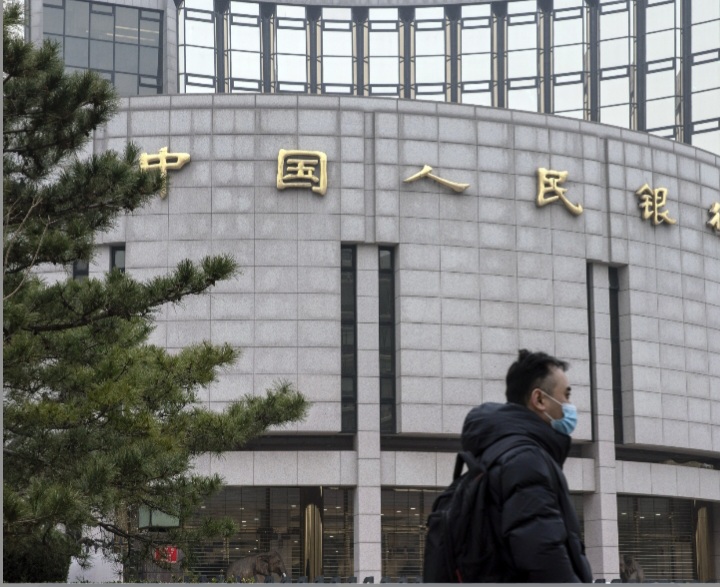After the CDC discloses an E. coli outbreak connected to quarter-pounders, McDonald’s stock plummets.
Following the Centres for Disease Control and Prevention’s announcement that the company’s quarter-pounder burgers had been connected to an E. coli outbreak in certain states, with the majority of infections occurring in Colorado and Nebraska, McDonald’s (MCD) shares fell more than 6% in premarket trade on Wednesday. This outbreak investigation is proceeding quickly,” the CDC stated on its website. “Most sick people are reporting eating Quarter Pounder hamburgers from McDonald’s and investigators are working quickly to confirm which food ingredient is contaminated.” Following the revelation on Tuesday, the company’s stock had fallen as much as 10% in extended trade. Following the revelation on Tuesday, the company’s stock had fallen as much as 10% in extended trade. According to the CDC, McDonald’s has ceased serving quarter-pound beef patties and fresh sliced onions in several states until the illness’s cause is identified. According to the agency, 10 hospitalisations have been reported in 10 states, and one person has died as a result of the outbreak. Swift and decisive action” is being taken by McDonald’s, according to Cesar Piña, chief supply chain officer of North America. He also stated that the preliminary results of the investigation “indicate that a subset of illnesses may be linked to slivered onions used in the Quarter Pounder and sourced by a single supplier that serves three distribution centres.” Therefore, in accordance with our safety procedures, we have halted the distribution of all sliced onions in the affected area and directed all nearby eateries to stop supplying this product,” the business stated. The menu item will be temporarily removed from restaurants in the affected areas, which include parts of Idaho, Iowa, Missouri, Montana, Nebraska, Nevada, New Mexico, and Oklahoma, as well as Colorado, Kansas, Utah, and Wyoming. Every other item on the menu is available. Although the situation seems to be more controlled than others we have witnessed in the sector, prolonged publicity or an extension of the investigation might potentially negatively impact customer traffic. On Wednesday, BTIG analyst Peter Saleh sent a note to his clients. He noted that the incident might make the ongoing limited-time offers (LTOs) for McRib and Chicken Big Mac, which are scheduled to conclude the year, less appealing. McDonald’s, in our opinion, could lower the advertisements in the foreseeable future that support these LTOs, since the message might deaf ears in the midst of more extensive news coverage,” he clarified. Additionally, the business could wish to change its messaging to emphasise quality rather than worth, to reassure customers regarding the food’s safety.

